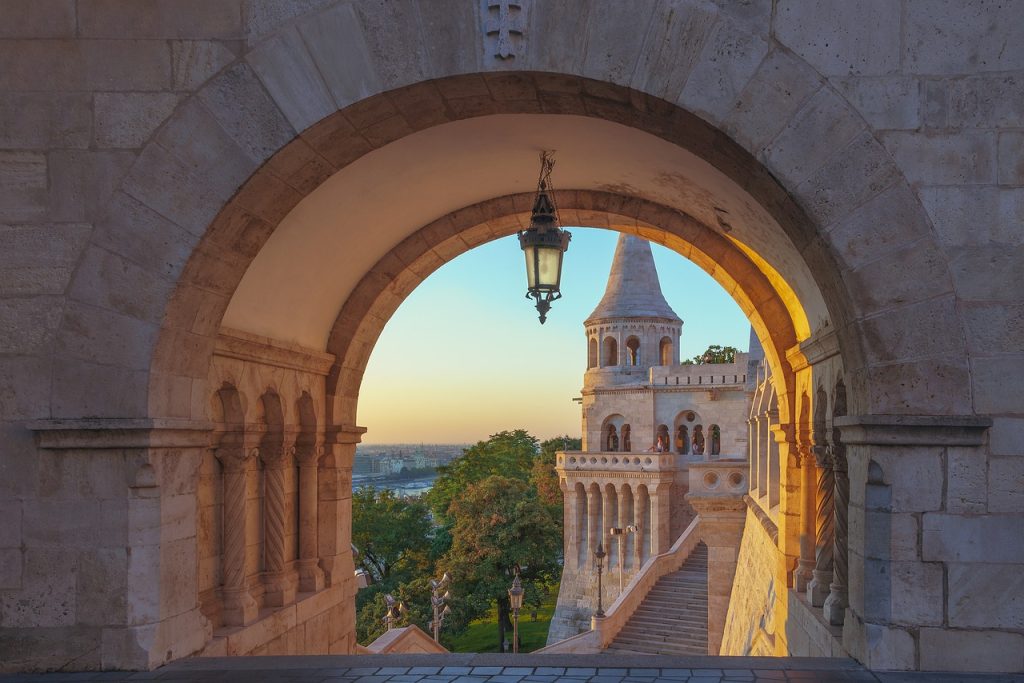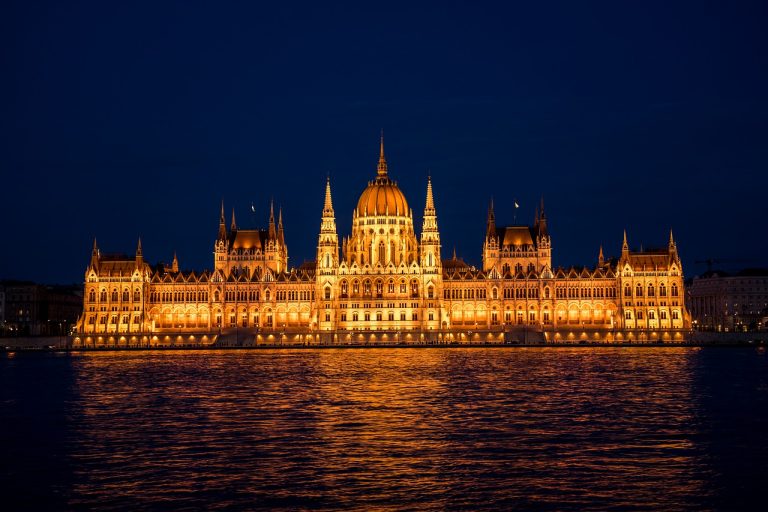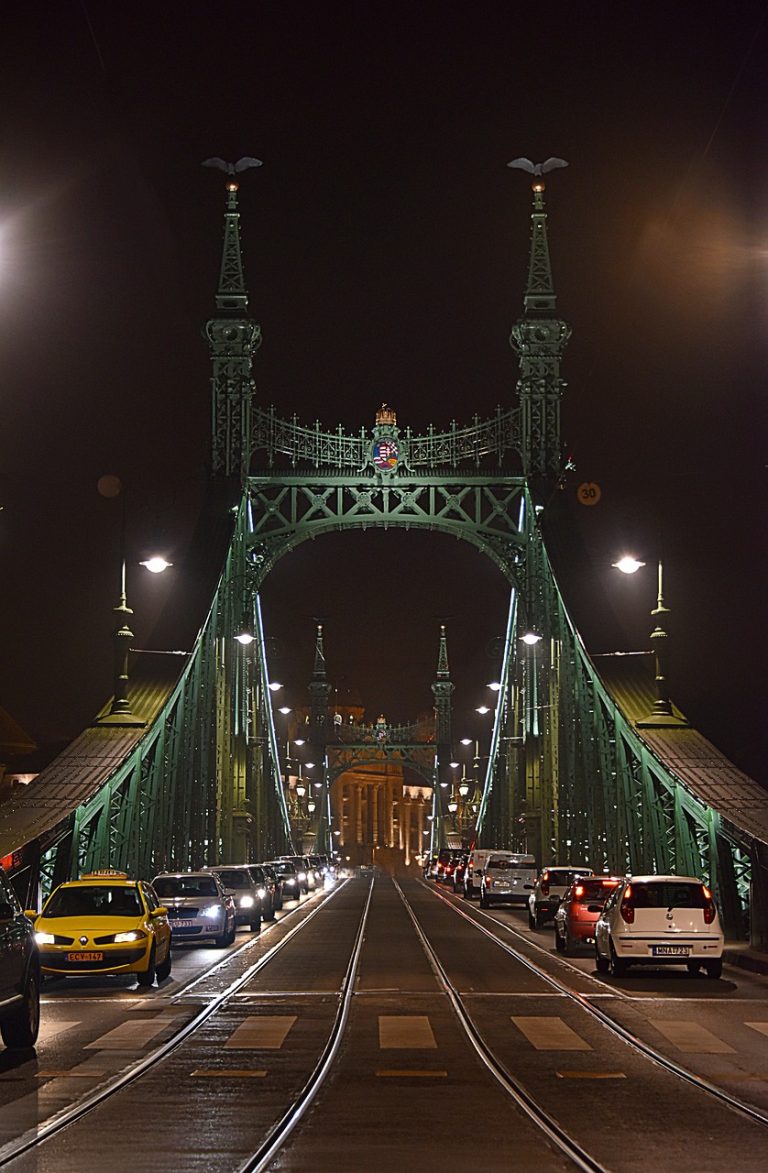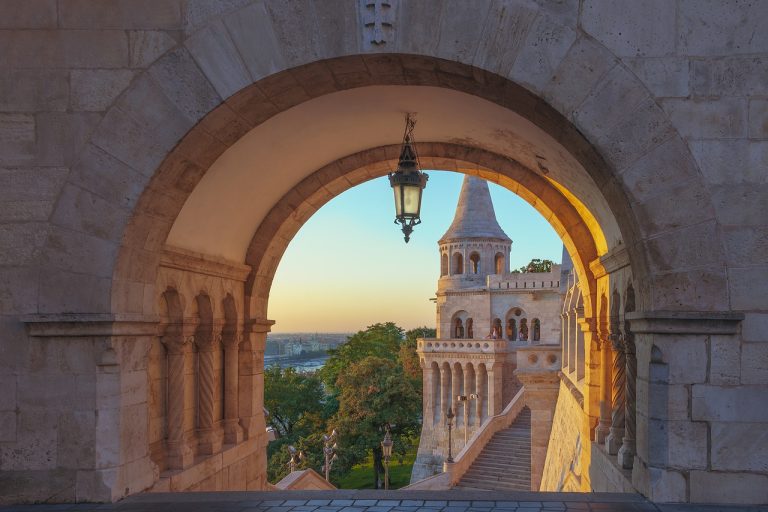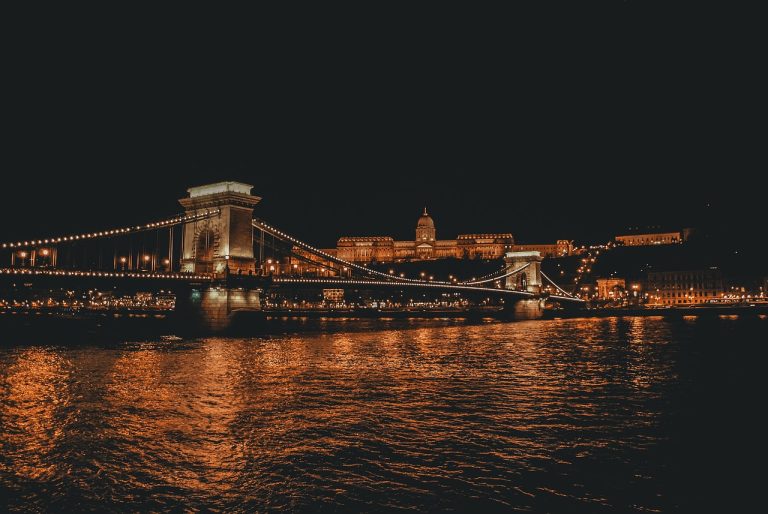Budapest Hungary Video
Public Transportation in Budapest Hungary: A Complete Guide
Budapest, the capital city of Hungary, offers a well-developed public transportation system that makes it easy for both residents and tourists to navigate the city. With a combination of buses, trams, metro lines, and even boats, getting around Budapest is convenient and efficient. In this guide, we will explore the various modes of public transportation available in Budapest, their routes, schedules, and ticketing information.
Getting Started: Tickets and Fares
- Ticket Types: Budapest offers a variety of ticket options to suit different travel needs. These include single tickets, 24-hour travel cards, 72-hour travel cards, and weekly passes. Single tickets are valid for one uninterrupted journey on any mode of transportation.
- Fares: The cost of tickets varies depending on the type and duration of the ticket. As of 2021, a single ticket costs 350 Hungarian Forints (HUF), a 24-hour travel card costs 1,650 HUF, a 72-hour travel card costs 4,150 HUF, and a weekly pass costs 4,950 HUF.
- Ticket Validation: Tickets must be validated before starting the journey. Validation machines can be found on buses, trams, and at the entrances of metro stations.
- Penalties: Failure to possess a valid ticket or travel card can result in fines if caught during ticket inspections.
1. Budapest Metro
- Overview: The Budapest Metro is the fastest and most efficient way to travel within the city. It consists of four lines labeled M1, M2, M3, and M4, each color-coded for easy identification.
- M1: Millennium Underground: This is the oldest metro line in continental Europe and offers a historic experience. It connects important landmarks such as Heroes’ Square and the Hungarian State Opera House.
- M2: Red Line: The M2 line runs from Déli pályaudvar to Örs vezér tere, passing through major transportation hubs, shopping areas, and attractions like the Hungarian National Museum.
- M3: Blue Line: The M3 line connects Újpest-Központ in the north to Kőbánya-Kispest in the south. It provides access to popular destinations like the Great Market Hall and the National Museum.
- M4: Green Line: The M4 line connects Kelenföld vasútállomás in the southwest to Keleti pályaudvar in the east. It is a convenient route for reaching attractions such as Gellért Thermal Bath and the Palace of Arts.
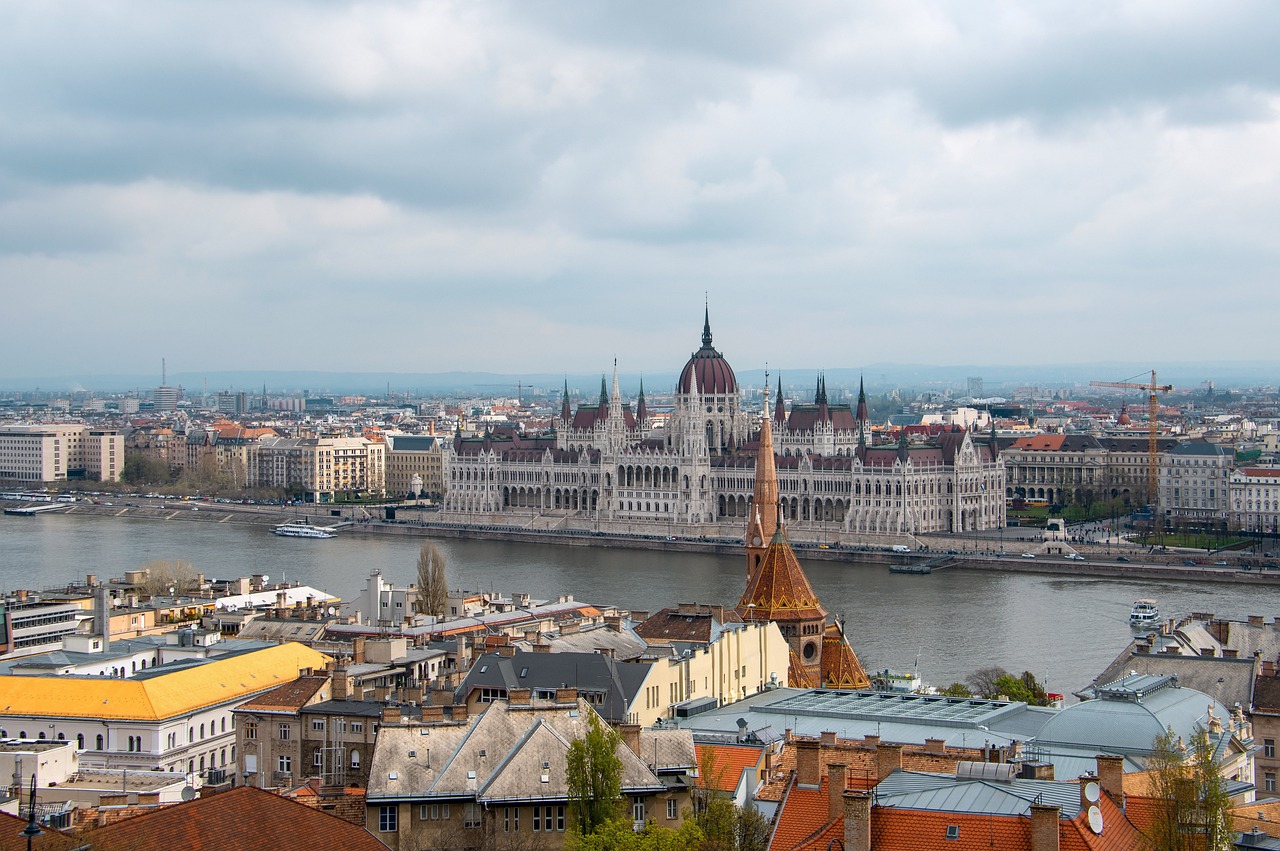
2. Trams
- Tram Network: Budapest has an extensive tram network that covers most parts of the city. Trams are a great way to enjoy the scenic views while traveling.
- Tram Lines: The most popular tram lines for tourists are Tram 2, which runs along the Danube River, offering breathtaking views of the city’s landmarks, and Tram 4-6, which operates 24/7 and connects major transportation hubs and tourist areas.
- Tram Tickets: The same tickets used for metro and bus travel can be used on trams. Remember to validate your ticket when boarding.
3. Buses
- Bus Routes: Budapest has an extensive bus network that covers the entire city. Buses are a convenient mode of transportation, especially for reaching areas not served by the metro or trams.
- Night Buses: Budapest also operates a night bus service, known as the “éjszakai” network, which runs during the late-night hours when other modes of transportation are less frequent.
- Bus Tickets: As with other modes of transportation, bus tickets should be validated upon boarding. Tickets can be purchased at ticket vending machines or from ticket offices.

4. Suburban Railway (HÉV)
- HÉV Lines: The suburban railway, known as HÉV, connects Budapest with neighboring towns and cities. It offers an alternative mode of transportation for those looking to explore the outskirts of Budapest.
- Popular HÉV Lines: The most popular HÉV lines for tourists are H5 (Szentendre), H6 (Ráckeve), and H7 (Csepel), which provide access to charming towns, scenic landscapes, and cultural attractions outside the city.
- Tickets and Fares: The same tickets used for metro, tram, and bus travel can be used on HÉV lines. Remember to validate your ticket before boarding.
5. Boat Services
- Danube River Cruises: Budapest is divided by the Danube River, and boat services offer a unique way to experience the city. Various companies operate river cruises, providing stunning views of Budapest’s iconic landmarks.
- Public Boat Services: Budapest also has public boat services, known as D11 and D12, which operate between key locations along the Danube River. These services are included in the standard public transportation ticketing system.
6. Bicycles
- Bicycle Sharing: Budapest has a bicycle-sharing system called Bubi, which allows users to rent bikes for short periods. The city also offers designated bike lanes and paths, making it bicycle-friendly.
- Bicycle Rules: Cyclists must follow traffic regulations, and it is essential to be cautious while sharing the road with other vehicles and pedestrians.
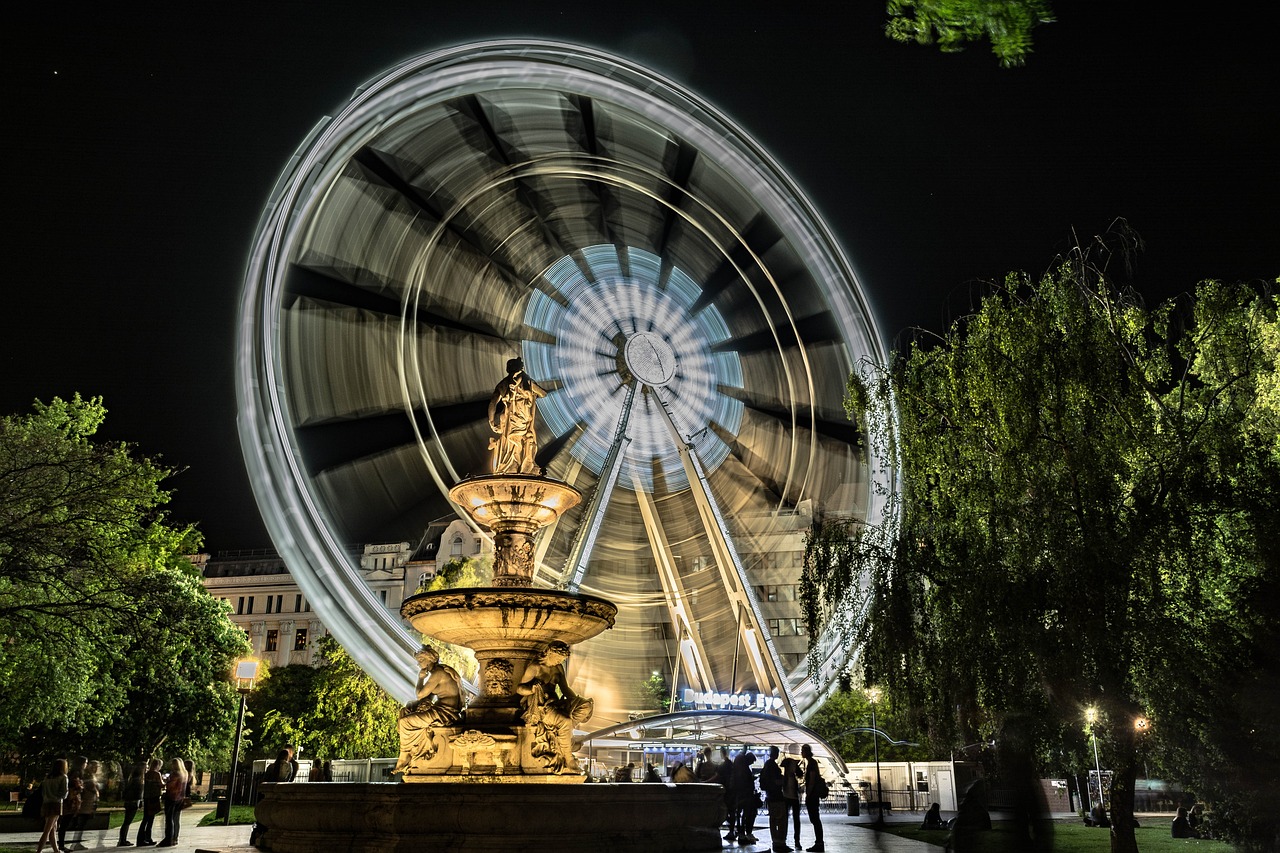
7. Accessibility
- Accessibility Features: Budapest’s public transportation system is continuously improving its accessibility for individuals with disabilities. Many metro stations, trams, and buses are equipped with ramps, elevators, and designated spaces for wheelchair users.
- Priority Seating: Public transportation vehicles have designated priority seating areas for elderly individuals, pregnant women, and people with disabilities.
8. Useful Apps
- BKK FUTÁR: The BKK FUTÁR app provides real-time information on public transportation schedules, routes, and delays. It is available for both iOS and Android devices.
- Bubi App: The Bubi app allows users to locate available bicycles, check bike availability, and plan their cycling routes.
9. Tips for Using Public Transportation
- Peak Hours: Avoid traveling during peak hours (typically 7-9 am and 4-6 pm) to minimize crowds and ensure a more comfortable journey.
- Keep Tickets Handy: Always keep your ticket or travel card with you throughout your journey, as ticket inspections can occur at any time.
- Be Mindful of Pickpockets: Like in any major city, be cautious of your belongings and keep an eye out for pickpockets, especially in crowded areas.
10. Conclusion
Budapest’s public transportation system offers a convenient and efficient way to explore the city. With the metro, trams, buses, HÉV lines, boats, and even bicycles, visitors can easily access all the major attractions and navigate the city with ease. By understanding the ticketing system, routes, and schedules, you can make the most of your time in Budapest while enjoying the rich cultural heritage and stunning architecture the city has to offer.
References
- https://bkk.hu/
- https://www.budapestbylocals.com/
- https://welovebudapest.com/
- https://en.wikipedia.org/wiki/Transport_in_Budapest
- https://budapest.one/

